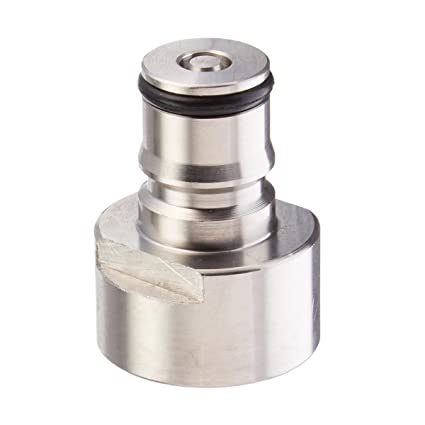If you think it's rare to find them used, it's because you haven't looked:You need to know one thing: Apparently JohnnyRotten gets a commission every time someone uses a Sanke keg. For reasons nobody knows, he feels it's his mission to spread their gospel, and denigrate the use of the old and inexpensive standby, corny kegs.
Now, he may be right about the superiority of sanke kegs over corny kegs. I don't know. I've actually thought about trying them, but I'd A) have to buy a bunch at a higher price than corny kegs, B) I'd have to replace the fittings I use to connect them. The cost issue is significant.
In the meantime, you have to ask why, when Sanke kegs are out there, so few homebrewers use them. I wish there was a cheap way to try them, but it's rare to find them for sale used, and when you do, you have to wonder whether the owner is selling something that actually is the property of a brewery.
https://www.probrewer.com/classified-ads/ad-category/used-kegging-and-cooperage/








































![Craft A Brew - Safale S-04 Dry Yeast - Fermentis - English Ale Dry Yeast - For English and American Ales and Hard Apple Ciders - Ingredients for Home Brewing - Beer Making Supplies - [1 Pack]](https://m.media-amazon.com/images/I/41fVGNh6JfL._SL500_.jpg)




















